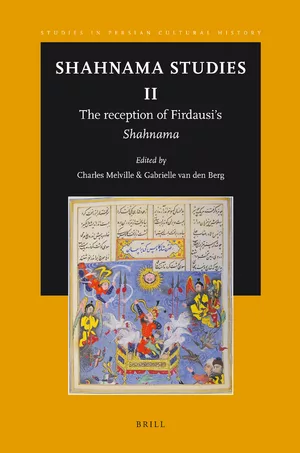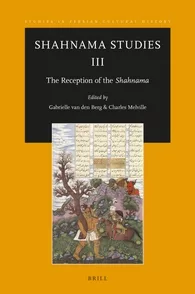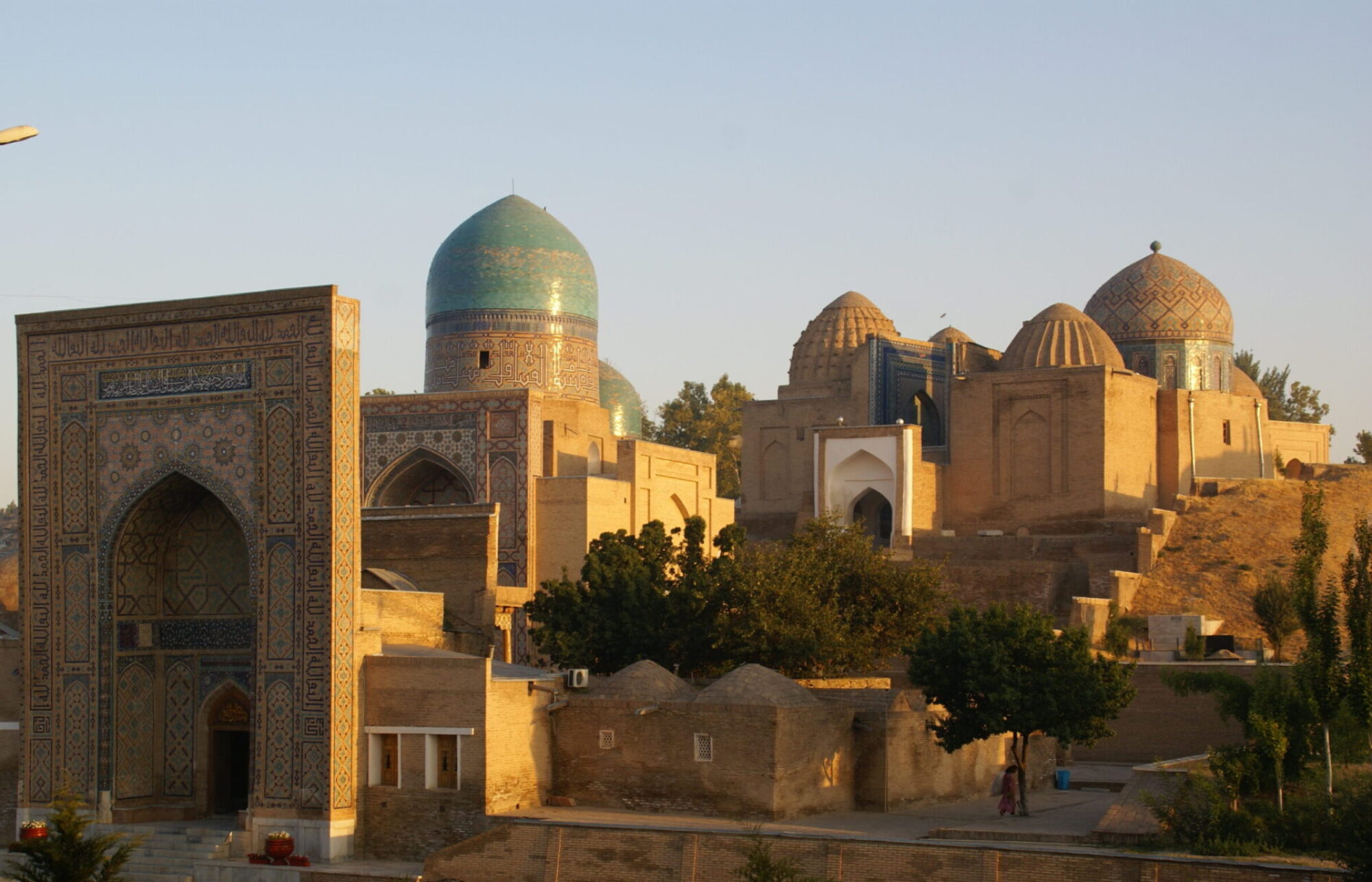Shahnama– The Book of Kings
The Shahnama (Book of Kings) is a Persian literary masterpiece written by Ferdowsi a thousand years ago. Many manuscripts of the Shahnama exist around the world, often decorated with beautiful miniatures.
The Shahnama is a poetic reflection of the legends and history of the Iranian people from creation until the coming of Islam. It is based on older written and oral sources and follows the line of Iranian kings, many of whom are entirely legendary. These kings have inherited an everlasting rivalry with the Northern neighbour, the land of Turan. Central to the Shahnama are the legends surrounding the deeds of the hero Rostam, who is the ruler of Sistan, and subject to the king of Iran.
The Shahnama, or Book of Kings, is a monument in world literature, marking the renaissance of independent Persian culture a few centuries after the victory of Islam. A landmark in Persian culture and in particular in the Persian epic tradition, it has played a fundamental role in the shaping of the self-identity of the Persian speaking people in present day Iran, Afghanistan and Central Asia.
A lot of work on the Shahnama has been done in the Leiden project: The Persian Epic Cycle, but new material has also been produced in the project Turks, Texts and Territory.
![Image from the Book of Kings, or the Shahnameh [Or. 494]](https://iranturan.leiden.edu/wp-content/uploads/2024/07/d700xvar.jpeg)
Podcast: an introduction to the Persian Book of Kings
How did the mythical kings of ancient Persia live? In this podcast, we delve into the Shahnama, also known as the Book of Kings.
A marvelous epic with countless spin-offs. That, in a nutshell, is the Shahnama, the Persian Book of Kings. Some of these historical books are kept in the Leiden University Libraries’ special collections.
Interactive weblectures on the Shahnama manuscript tradition and Persian writing:
Authenticity and the Shahnama
The Shahnama or Book of Kings by Manṣūr Abū al-Qāsim Firdawsī Ṭūsī narrates the legendary history of the kings of the world and of Iran, in about 50.000 verses. It starts with the first king on earth, the mythical Pīshdādī king Gayūmarth, and ends with the last Sasanian king Yazdigird III, who was defeated by the Arabs in the middle of the seventh century……continue reading
Illustrations in the Shahnama
Thousands of manuscript copies of the Shahnama were made. Notaby from the fourteenth century onwards, we witness a steep rise in the production of Shahnama manuscripts. It coincides with the rise of Turco-Mongol dynasties in West and Central Asia, who generously patronized Persian literature, historiography and art…… continue reading
NASTA’LIQ Palaeography EXERCISE
The term nastaʿlīq is a contraction of two terms for calligraphic styles in Persian writing, namely naskh and taʿlīq. Taʿlīq is known as the ‘hanging’ script and appeared in Persian writing in the mid-13th century. Nastaʿlīq combined the advantages of the neat and balanced naskh and the esthetically attractive taʿlīq…….continue reading
Weblecture Studium Generale (in dutch)
Tekst en context van het geïllustreerde Shahnama-handschrift Or. 494 in de Leidse Universiteitsbibliotheek
Prof.dr. Gabrielle van den Berg, hoogleraar Cultuurgeschiedenis van Iran en Centraal Azië, LIAS, Universiteit Leiden
Het Shahnama of Boek der Koningen is één van de bekendste werken uit de Perzische literatuur. Het omvangrijke epos in verzen is meer dan duizend jaar geleden geschreven, maar tot op de dag van vandaag springlevend in de Perzisch-talige wereld, met name in Iran, Afghanistan en Tadjikistan. In de Leidse UB bevindt zich een bijzonder exemplaar van dit werk, een geïllustreerd handschrift uit de vijftiende eeuw gemaakt in de Iraanse stad Shiraz. Aan de hand van dit unieke handschrift maken we kennis met de rijke en fascinerende wereld van het Shahnama en gaan we in op de rol van poëzie en materiële cultuur in de politieke geschiedenis van het Midden-Oosten.

https://weblectures.leidenuniv.nl/Mediasite/Play/cf3f9328c0f147b2a55fc87d6b0b30dd1d
Useful links
The Pembroke Shahnama Centre for Persian Studies
Publications



